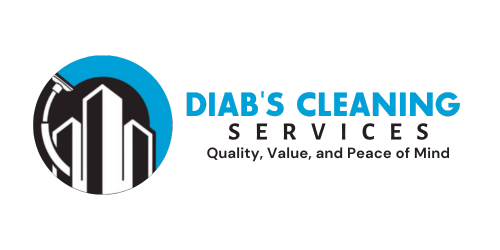Every healthcare facility should have written protocols to guide routine general cleaning and ensure that all areas of the environment are regularly cleaned to a satisfactory standard. Staff undertaking cleaning should fallow agreed protocols and have access to adequate resources and the equipment to achieve the required standard of cleanliness.
Cleaning
Cleaning with warm water and detergent is a process that removes visual dirt and contamination and in most cases is effective for decontaminating both equipment and the environment.
However, in certain situations e.g. during an outbreak increased incidence of infection or in the case of clostridium difficile infection, surfaces and equipment require both cleaning and disinfection.
Disinfection
Disinfection is a process that reduces the number of microorganisms to a level which they do not represent a risk to patients or clients. It is only effective if surfaces and equipment have been cleaned thoroughly with water and detergent beforehand. Water and detergent should be used to clean hard surfaces followed by disinfecting with 1000 ppm (0,1%) chlorine releasing agent/hypochlorite solution or chlorine dioxide solution ( diluted, and with a contact time as per manufacture’s instructions.) the specific disinfectant to be used will be in the local cleaning/disinfection policy or procedure. The hypochlorite dioxide solution is corrosive and it is recommended that the solution is rinsed off commodes, mattresses, and stainless steel surfaces with warm water at the end of the process. Some chlorine dioxide solutions do not need to be rinsed off.
Cleaning and Disinfection of the Environment
Routine General cleaning?
Routine cleaning of the environment should be undertaken at least daily.
Thorough cleaning with neutral detergent and water is commonly used.
If soiling (with blood and /or body fluids) is evident, then the general cleaning should be followed with a disinfectant clean, using a chlorine releasing products/sodium hypochlorite or chlorine dioxide solution. If using hypochlorite solution, the area should then be rinsed and dried although this is not required with some chlorine dioxide solutions. Always ensure that surfaces that are being disinfected are compatible with the product being used.
Enhanced Cleaning?
During an outbreak of infection or an unusual increase in the incidence of a particular organism, enhanced routine cleaning (minimum twice daily) is recommended. This will entail cleaning/disinfecting the environment including frequently touched surfaces such as bed tables, bed rails, the arms of the chairs, sinks, call bells, door handles and push plates, and any facility certain areas will require more frequent cleaning and disinfection, e.g. sanitary areas during an outbreak of gastrointestinal infection.
